Have you ever heard of creatures that sound more like myths than reality? The United States is home to an incredible array of wildlife, but among them are some animals so rare that they seem to exist only in our imaginations. These elusive creatures are notoriously hard to spot, and their mysterious nature fuels rumors and speculation. Join us as we explore 13 American animals that are so rare they’re almost urban legends.
1. The Florida Panther: More Elusive Than Bigfoot?
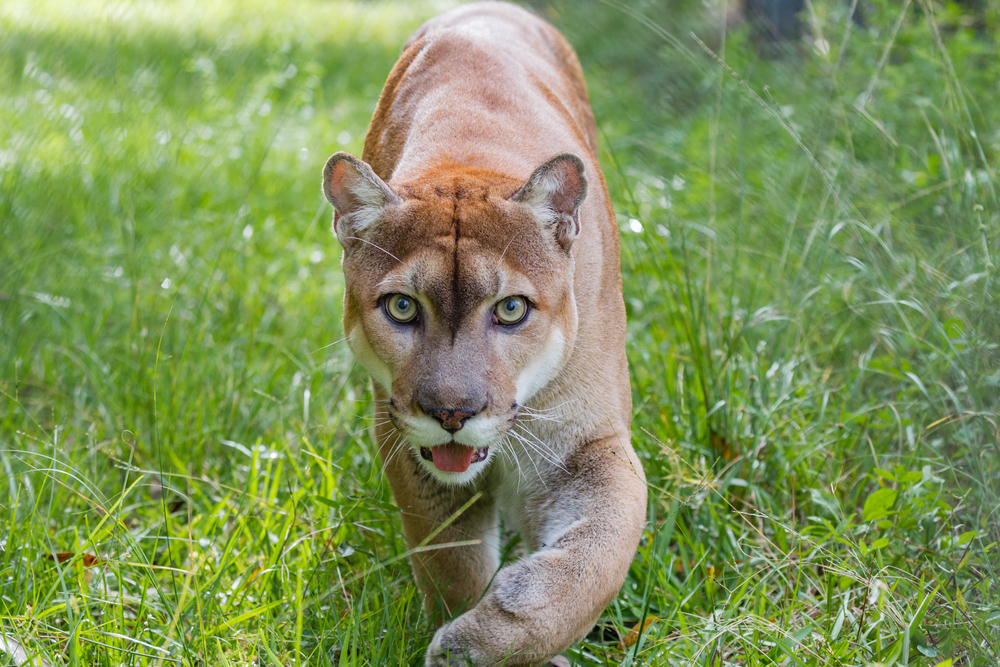
The Florida panther is a subspecies of the cougar that resides in the swamps and forests of southern Florida. With fewer than 200 individuals estimated to remain in the wild, spotting one of these majestic cats is as rare as finding a needle in a haystack. According to the Florida Fish and Wildlife Conservation Commission, these panthers face numerous threats, including habitat loss and vehicle collisions. Their rarity has made them a symbol of Florida’s wilderness, and conservation efforts are ongoing to protect their fragile population. Despite their elusive nature, sightings of Florida panthers have become legendary, with many claiming to have encountered them unexpectedly.
Their tawny coats and distinctive black-tipped ears make them strikingly beautiful, adding to their mystique. These creatures are predominantly solitary, which only adds to the challenge of observing them in their natural habitat. Efforts to track and monitor these animals involve a mix of technology and old-fashioned wildlife expertise. In a state known for its vibrant wildlife, the Florida panther takes the crown as one of the most enigmatic residents.
2. The Ivory-Billed Woodpecker: Nature’s Ghost Story
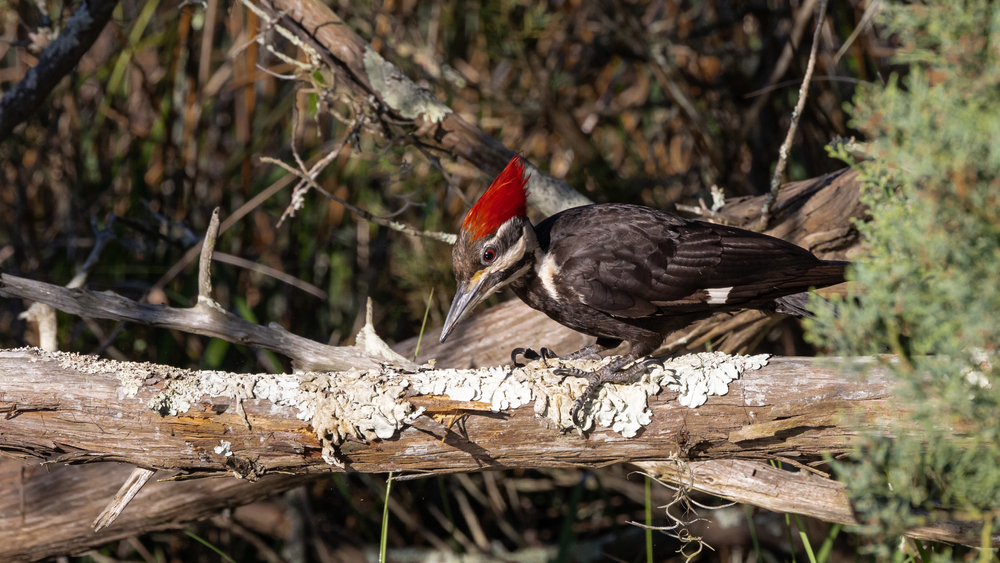
The ivory-billed woodpecker is the largest woodpecker species in North America, often described as the “Lord God Bird” due to its impressive size and striking appearance. Once thought to be extinct, this bird became a birdwatcher’s holy grail when reports of sightings emerged from the swamps of the southeastern United States. Despite claims and grainy videos suggesting the woodpecker might still exist, definitive proof remains elusive. The Cornell Lab of Ornithology has dedicated resources to researching and finding this elusive species, sparking hope among enthusiasts. The scarcity of confirmed sightings has turned the ivory-billed woodpecker into a ghost story of sorts, with sightings often debated and scrutinized.
This bird’s potential persistence symbolizes hope for conservationists, who dream of rediscovering a species long thought lost. The ivory-billed woodpecker serves as a reminder of the impact of habitat destruction, as its decline was primarily caused by logging in the southeastern U.S. Today, researchers and bird lovers alike still scour the forests, holding onto hope that this avian legend might reappear. In the meantime, stories of the ivory-billed woodpecker continue to captivate imaginations, making it one of the most talked-about rare birds in America.
3. The Wolverines of the Rockies: Fierce Phantoms of the Mountains
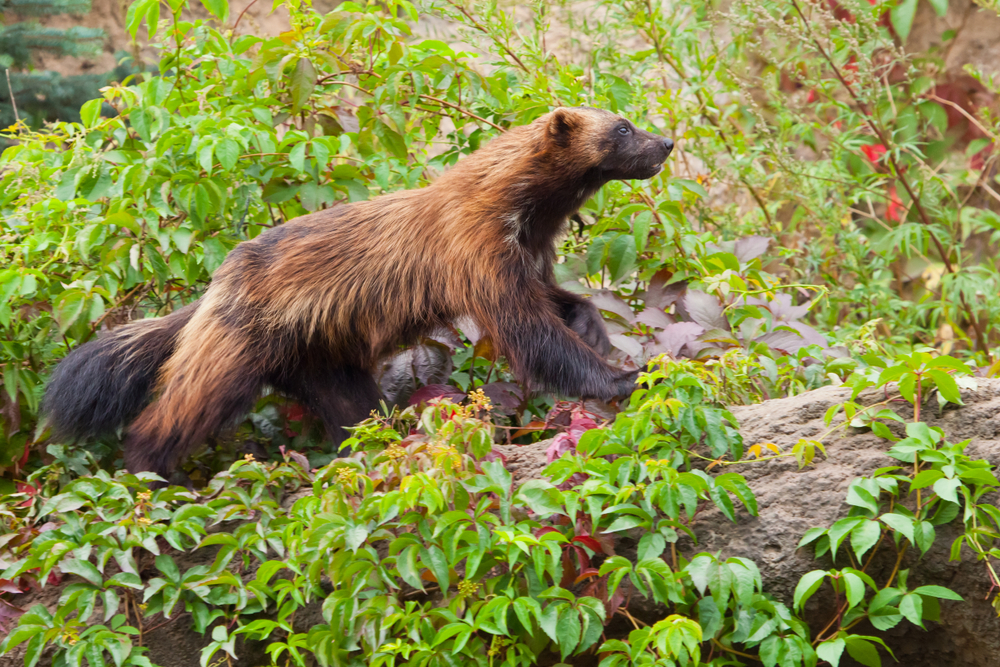
Wolverines are among the most rugged and resilient creatures, yet they are also incredibly elusive, earning them a mythical status in the mountainous regions of the Rockies. These animals are loners by nature, traversing vast territories that can span hundreds of miles, making encounters with humans exceedingly rare. According to National Geographic, the population of wolverines in the lower 48 states is estimated to be fewer than 300 individuals. The rugged terrain and dense forests they inhabit, coupled with their solitary lifestyles, make these animals difficult to study. Despite their rarity, wolverines play a crucial role in their ecosystem, controlling prey populations and scavenging remains.
The mystery surrounding wolverines has led to various myths about their ferocity and strength. Known for their tenacity, wolverines have a reputation of taking on animals much larger than themselves, such as wolves or even bears. Their thick fur and robust build make them well-suited for harsh winter conditions, and they are often associated with the wild, untamed spirit of the Rocky Mountains. Although sightings are uncommon, those who have had the fortune to witness a wolverine in the wild describe it as an unforgettable experience. These fierce phantoms of the mountains continue to fascinate and intrigue anyone lucky enough to cross their path.
4. The Mysterious Jaguar of the American Southwest
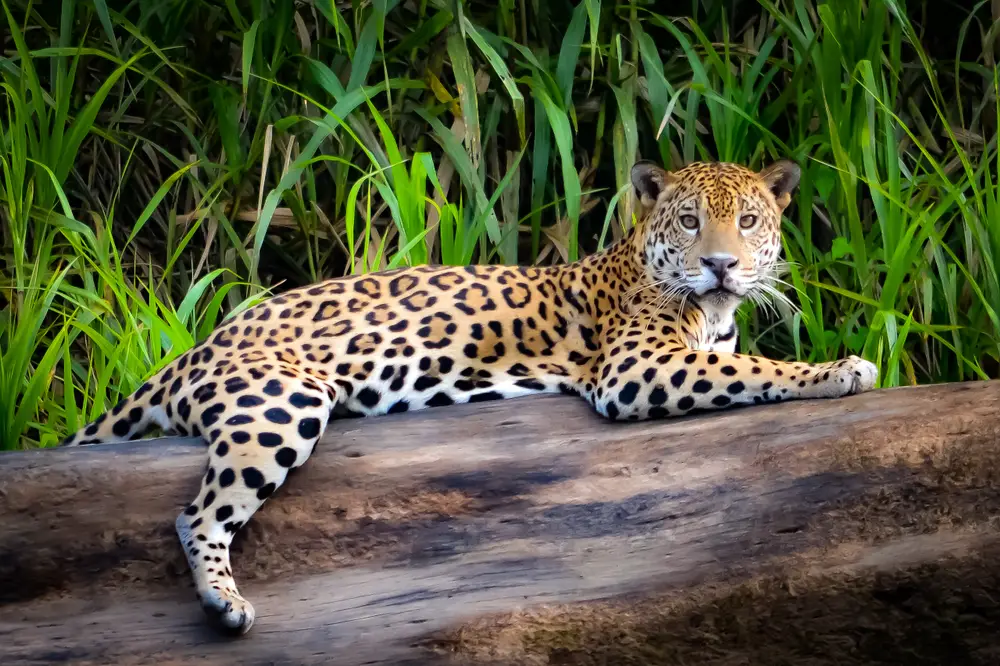
The jaguar, typically associated with the jungles of Central and South America, also has a presence in the American Southwest. These large cats occasionally roam the borderlands of Arizona and New Mexico, lending a touch of the exotic to the region. Jaguars in this area are extremely rare, with only a handful of confirmed sightings in recent decades. Conservationists are working hard to protect these magnificent creatures by preserving the rugged and wild landscapes they need to survive. The presence of jaguars in the U.S. adds an exciting dimension to the country’s wildlife, reinforcing the idea that nature knows no political borders.
Despite the challenges of preserving their habitat, there’s hope that their numbers could increase with the right conservation measures. Jaguars are known for their stunning rosettes and powerful build, which make them one of the most awe-inspiring predators in the animal kingdom. They are solitary animals, and like many other rare species, are most active during twilight or nighttime, making them even harder to spot. For those who venture into the American Southwest’s wild frontiers, the possibility of encountering a jaguar adds an air of mystery and wonder to the journey.
5. The Elusive Lynx: Silent Shadows of the Snowy North
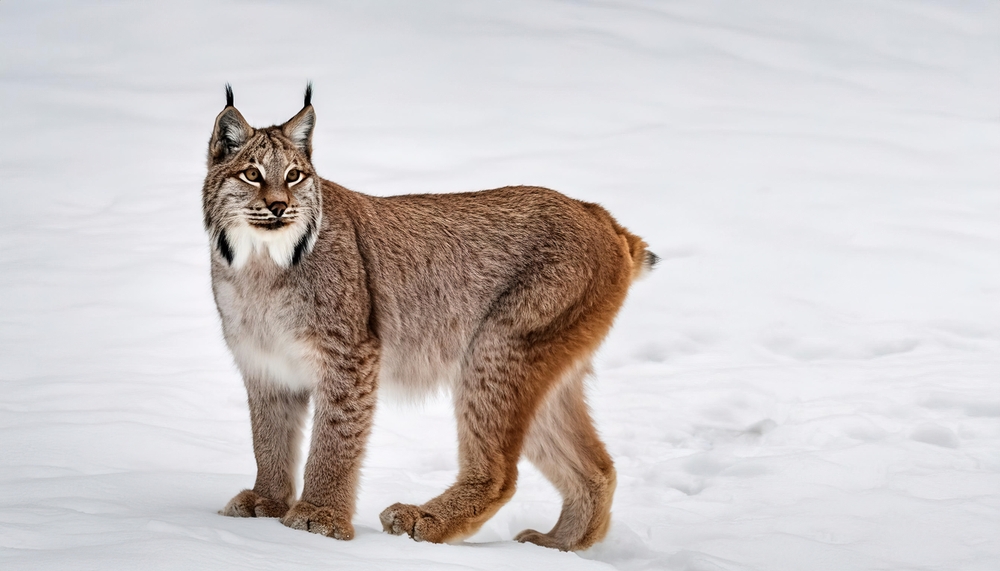
The Canada lynx, with its tufted ears and magnificent fur coat, is a ghostly figure in the snowy forests of the northern United States. These elusive cats are rarely seen, as they prefer the solitude of remote wilderness areas. Lynxes are highly adapted to cold environments, with large, padded paws that act like snowshoes, allowing them to silently stalk their prey. Their primary food source is the snowshoe hare, and their populations are closely tied to the abundance of this prey.
The thrill of spotting a lynx is akin to finding a mythical creature, with their stealthy nature lending them an almost mystical presence in the wild. Conservation efforts have been made to protect their habitats, ensuring that the lynx continues to roam the snowy forests of the north. Those who have been lucky enough to witness a lynx in its natural habitat often describe the experience as magical. These silent shadows of the snowy north continue to captivate the imaginations of wildlife enthusiasts and conservationists alike.
6. The Red Wolf: America’s Canine Enigma
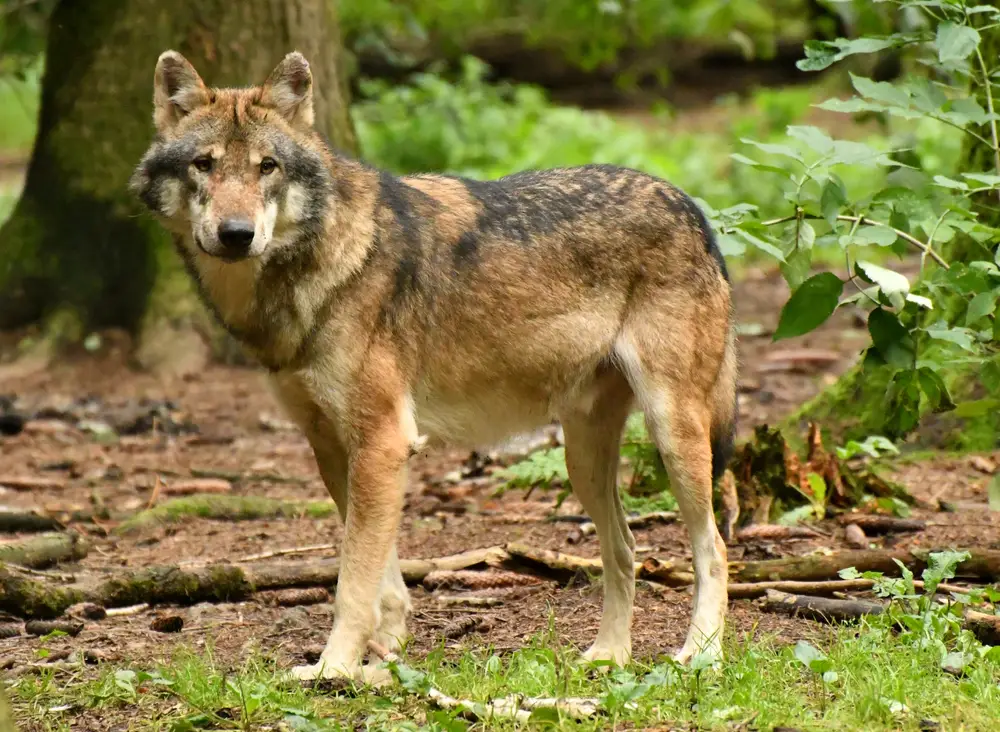
The red wolf is a species that has been teetering on the brink of extinction, making it one of America’s rarest and most enigmatic canines. Native to the southeastern United States, these wolves have been the focus of intensive conservation efforts to save them from disappearing forever. Their striking appearance, with a reddish coat and long legs, sets them apart from their more common gray wolf cousins. Efforts to reintroduce them into the wild have met with mixed success, with only a small population currently residing in North Carolina.
Despite the challenges, red wolves have a dedicated following of supporters who are determined to see them thrive in their natural habitat. These canines play an essential role in maintaining the balance of their ecosystems, controlling prey populations and providing ecological benefits. Sightings of red wolves are rare, and those who have had the privilege of observing them in the wild hold the experience close to their hearts. As America’s canine enigma, the red wolf embodies the delicate balance between nature and human intervention.
7. The Secretive Fisher: Forest Phantoms of the Northwoods
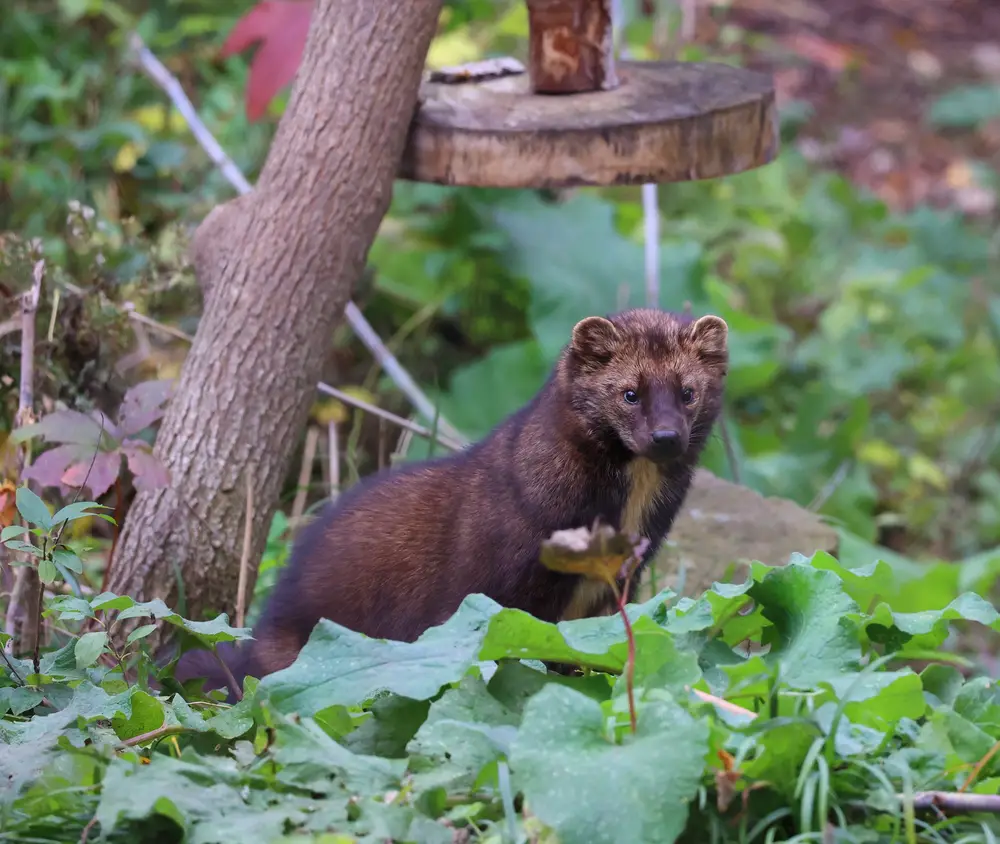
Fishers are small but feisty members of the weasel family, often shrouded in mystery due to their secretive nature and elusive behavior. Found primarily in the dense forests of the northern United States and Canada, these skilled hunters prefer to stay out of sight, making them a rare find. Fishers have an uncanny ability to navigate through trees and dense undergrowth, which contributes to their elusive reputation. Their diet is varied, and they are one of the few predators capable of hunting porcupines, using their agility and sharp claws to avoid the quills.
Despite their name, fishers rarely eat fish, instead opting for small mammals and birds. Their presence in the forest is often indicated by the traces they leave behind, such as tracks or scat, rather than actual sightings. Wildlife enthusiasts who venture into the Northwoods are often on the lookout for any sign of these forest phantoms. The fisher’s enigmatic nature and important ecological role continue to fascinate and intrigue those who study the wild landscapes they call home.
8. The Desert Tortoise: Survivor of the Arid Wilds
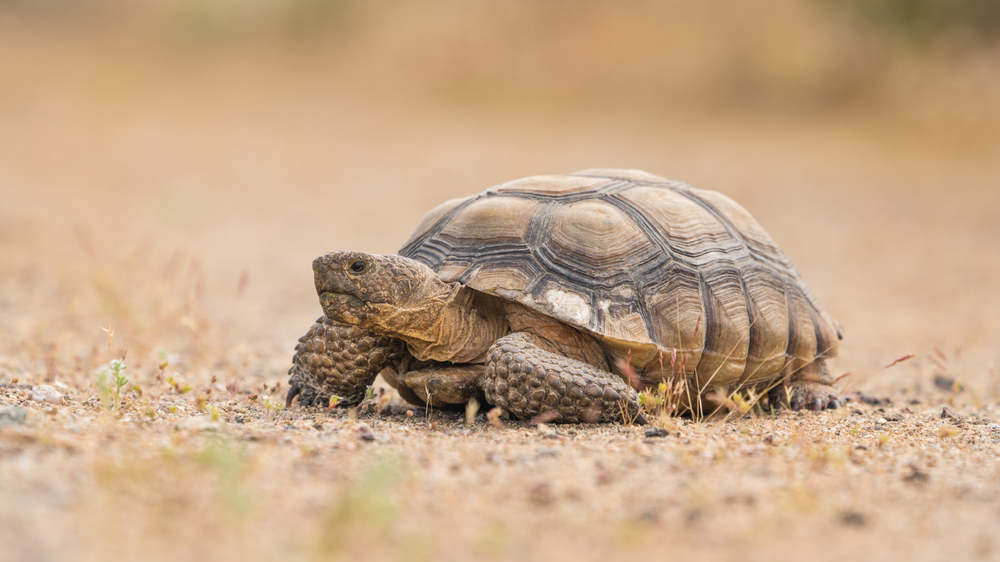
The desert tortoise is a true survivor, perfectly adapted to thrive in the harsh conditions of the southwestern United States. Found in arid regions such as the Mojave and Sonoran Deserts, these tortoises spend much of their lives underground to escape the extreme heat. They have a remarkable ability to conserve water, getting most of their moisture from the plants they eat. Despite their hardiness, desert tortoise populations are threatened by habitat destruction, disease, and human encroachment.
Conservation efforts are underway to protect these unique reptiles, ensuring they continue to roam the deserts as they have for thousands of years. These tortoises have become symbols of the resilient desert ecosystem, and their survival is closely linked to the health of their habitat. Spotting a desert tortoise in the wild is a rare and special occurrence, offering a glimpse into the resilience of life in one of the harshest environments on Earth. As survivors of the arid wilds, desert tortoises remind us of the tenacity and adaptability of nature.
9. The Alligator Snapping Turtle: Old Man of the Deep
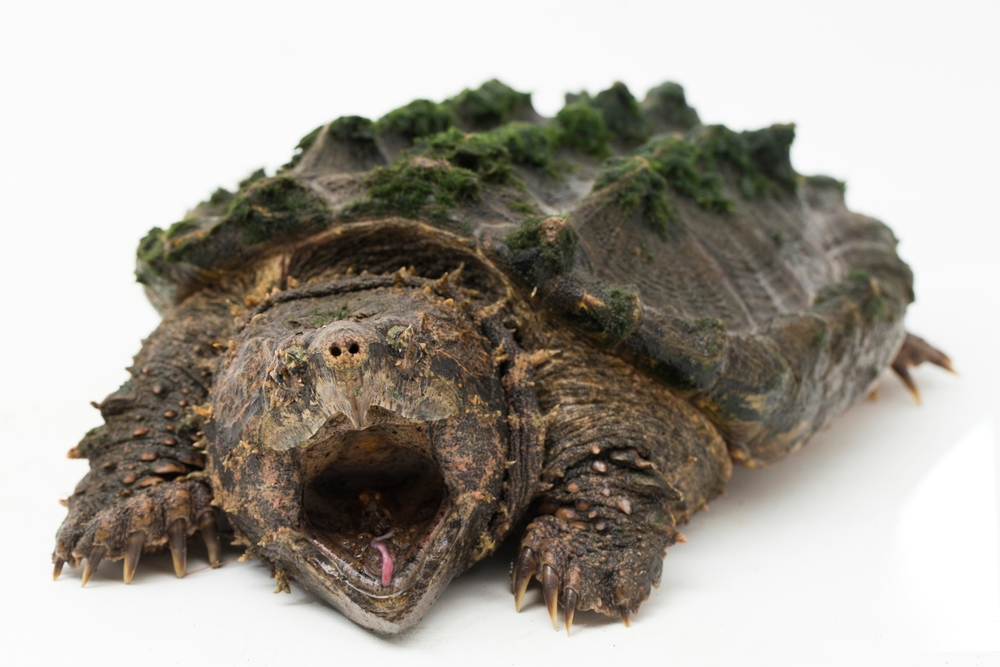
The alligator snapping turtle is a prehistoric-looking creature that inhabits the freshwater rivers and swamps of the southeastern United States. Known for their massive size and powerful jaws, these turtles are often referred to as the “dinosaurs” of the turtle world. With a lifespan that can exceed 100 years, alligator snapping turtles are both fascinating and formidable. They spend much of their lives submerged in water, using their camouflaged appearance to ambush prey.
Despite their fearsome reputation, these turtles are vulnerable to habitat loss and overharvesting, leading to declining populations in some areas. Conservation efforts are focused on protecting the aquatic habitats they rely on and raising awareness about their ecological importance. Encountering an alligator snapping turtle in the wild is an unforgettable experience, as they embody the enduring mystery and majesty of the deep. As the old men of the aquatic world, these turtles continue to captivate and awe those who are fortunate enough to see them.
10. The Spotted Owl: A Symbol of the Pacific Northwest
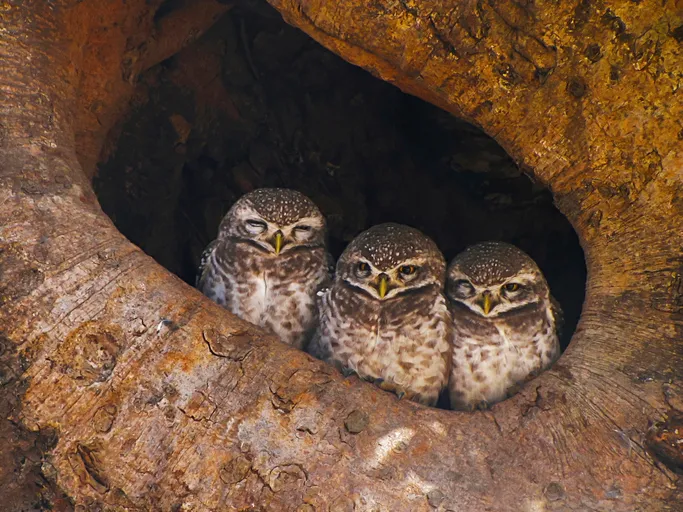
The spotted owl is an iconic species of the old-growth forests of the Pacific Northwest, known for its distinctive appearance and haunting calls. These owls have become a symbol of the region’s ancient forests, which are vital for their survival. Spotted owls are highly dependent on mature forests with dense canopies and large trees, making them sensitive to habitat changes. Their populations have been declining due to logging, competition from invasive species, and habitat fragmentation.
Efforts to protect these owls have led to significant conservation initiatives aimed at preserving their natural habitats. Spotted owls continue to be a focal point in the ongoing debate over conservation and land use in the Pacific Northwest. Observing a spotted owl in its natural habitat is a rare and cherished experience for bird enthusiasts and conservationists alike. As a symbol of the region’s unique ecosystems, the spotted owl represents the delicate balance between preservation and progress.
11. The Black-Footed Ferret: Prairie Ghosts of the Great Plains
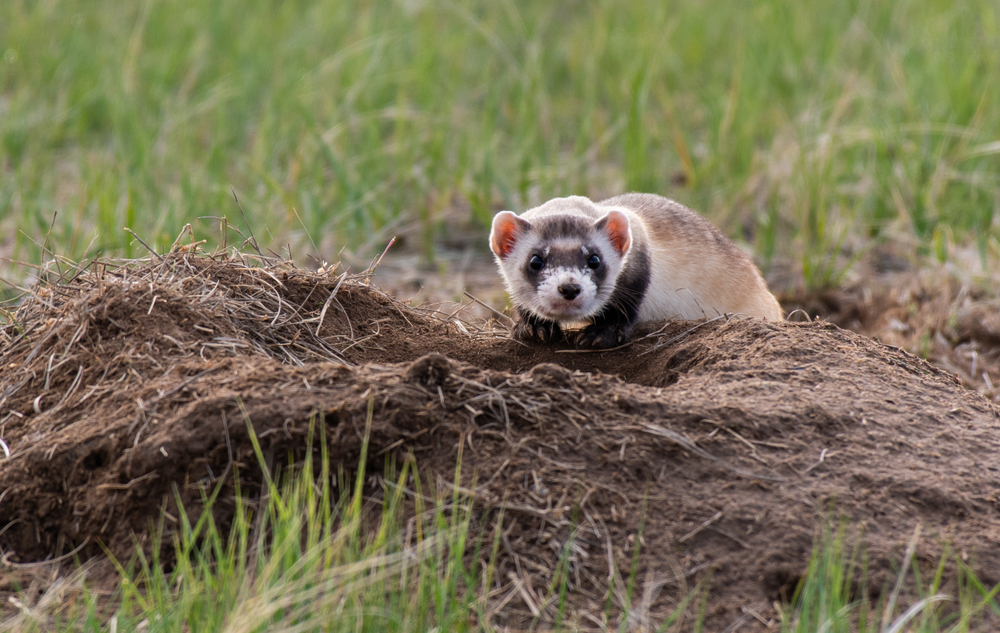
The black-footed ferret is a rare and enigmatic predator that once roamed the prairies of North America in large numbers. Considered one of the rarest mammals on the continent, these ferrets were thought to be extinct until a small population was rediscovered in the 1980s. Since then, intensive conservation efforts, including captive breeding and reintroduction programs, have been implemented to save the species from extinction. Black-footed ferrets rely heavily on prairie dog colonies for food and shelter, making their survival closely linked to these rodents’ presence.
Despite some success in recovery efforts, black-footed ferrets remain one of the rarest animals in North America. Their elusive nature and nocturnal habits make them difficult to study and observe in the wild. For those lucky enough to catch a glimpse of these prairie ghosts, it is a testament to the resilience and determination of conservationists working to ensure their survival. Black-footed ferrets symbolize the ongoing fight to preserve the biodiversity of the Great Plains and the species that depend on it.
12. The California Condor: Giants of the Sky
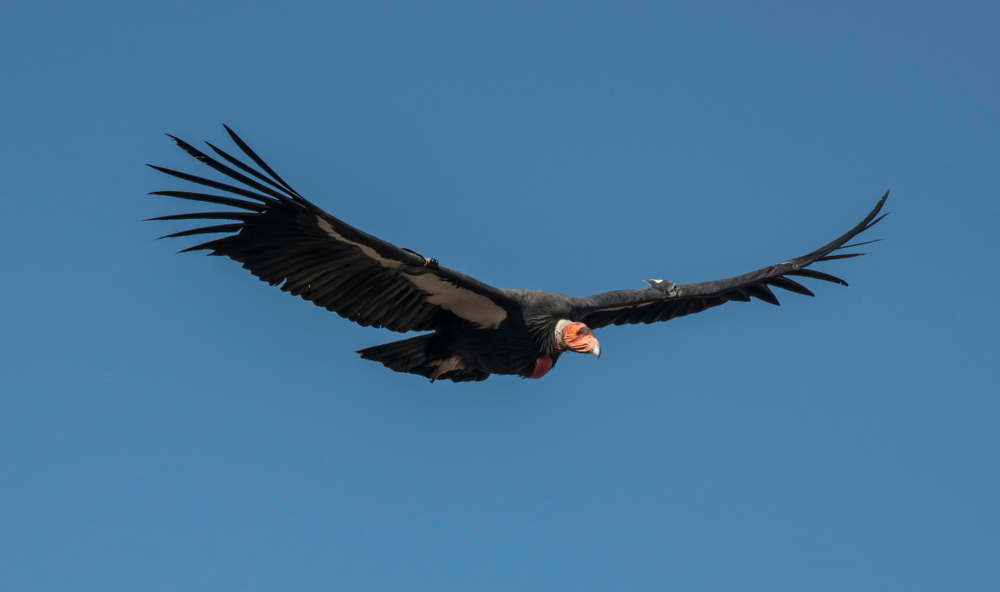
The California condor is a majestic bird with an impressive wingspan, making it one of the largest flying birds in the world. These giants of the sky once soared across the western United States but faced near extinction due to habitat destruction, lead poisoning, and poaching. Through intensive conservation efforts, including captive breeding and reintroduction programs, the California condor population has been slowly recovering. These efforts have become one of the most successful examples of conservation in action, demonstrating the power of human intervention in protecting endangered species.
Spotting a California condor in the wild is a rare and awe-inspiring experience, as these birds are symbols of hope and resilience. They play a crucial role in their ecosystems as scavengers, helping to maintain the balance of nature. While their numbers are still limited, ongoing efforts continue to protect and grow the condor population. As giants of the sky, California condors remind us of the importance of preserving our planet’s natural wonders for future generations.
13. The Eastern Cougar: A Ghost of the Appalachian Wilds
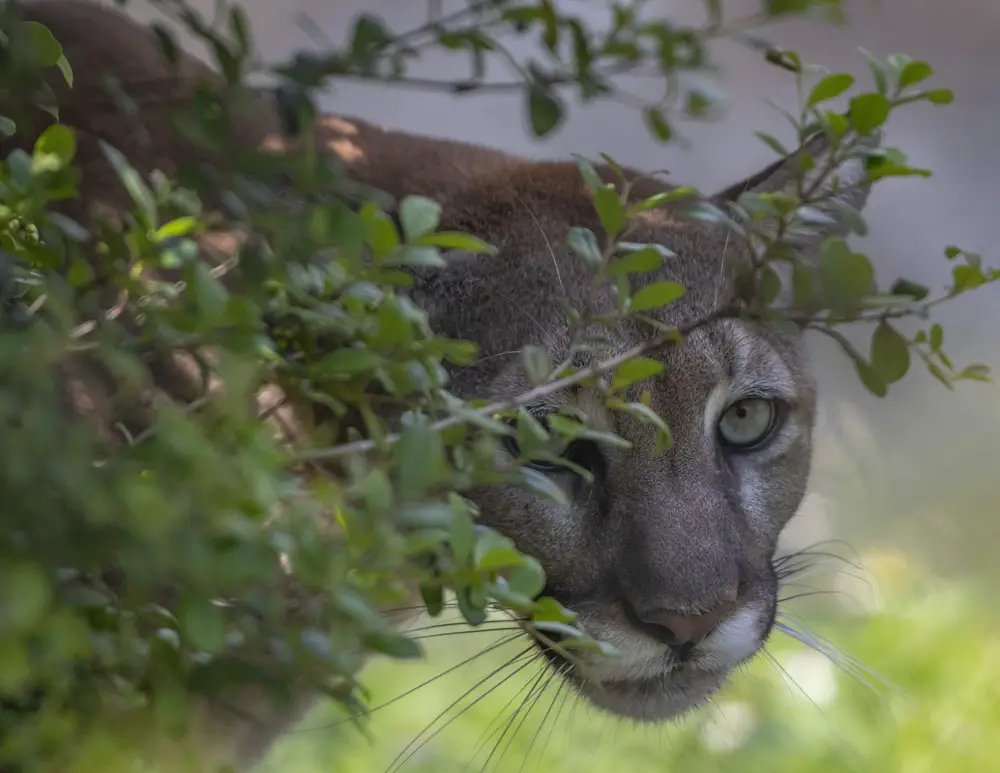
The eastern cougar, a subspecies of the North American cougar, has long been a subject of mystery and debate. Officially declared extinct in 2011, reports of sightings and encounters continue to surface in the Appalachian region, keeping the legend alive. These elusive big cats were once widespread across the eastern United States, but their numbers dwindled due to hunting and habitat loss. Despite their official status, stories of the eastern cougar persist, with many believing that a small population may still exist in remote wilderness areas.
The mystique surrounding the eastern cougar has made it a symbol of the wild and untamed spirit of the Appalachians. Conservationists and wildlife enthusiasts continue to search for evidence that these magnificent creatures still roam the forests. For those who believe in the possibility of their survival, the eastern cougar represents the enduring legacy of nature’s resilience. As ghosts of the Appalachian wilds, these cougars continue to captivate and intrigue those who cherish the mysteries of the natural world.
